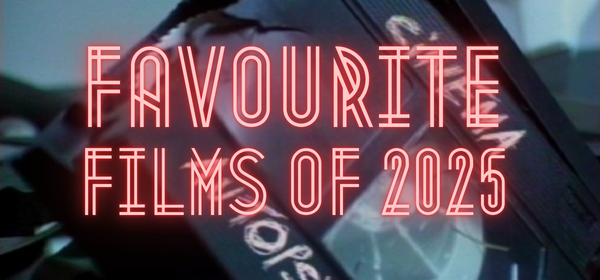Arab women usually wear sets of jewellery in everyday situations, but what makes the shabka different from other jewellery sets is the addition of the bracelet.
Traditionally Arab brides go shopping in the gold suq with their mothers and sisters or friends and choose the shabka themselves; it has to be something they like. The husband will then visit the shop at a later date and pay for it.
Image: shabka holder at a wedding. unfortunately i was too slow with the camera and the bride had put on the shabka before I could take a photo of it :-(
In the Arab world jewellery is not just about being decorated, it's also a way of saving. Jewellery given to a woman becomes hers absolutely and as a consequence women can act as the families' bankers. Women are given jewellery as children and will continue to collect throughout their life, with many women receiving jewellery (on the whole wedding presents consist of jewellery to the bride, rather than the Western tradition of household items) when they marry.
Women in the Gulf have traditionally bought and sold: as new fashions arrive the jewellery tends to go back to the goldsmith to be melted down and reworked, making old pieces quite rare.
Why 22 Carat?
Gold in the Gulf is always 21 or 22 carat which gives it the deep dark mustard yellow colour. The 9 carat jewellery found in England is described by jewellers here as being, “Not really gold at all, is it?”
When I first arrived in the Gulf and visited the gold suq I thought the gold shab-ka sets must be fakes, they were just so big and there were so many of them. I could not believe all that gold was for real.
I found out many years later one of the reasons for the jewellery being so big and so pure was simple. Originally the wearer would be sitting in a dark tent and small jewellery just wouldn't reflect any light, whilst the 22 carat purity would mean the colour of the reflected light was soft and orange, not hard and yellow.


























































































































6 comments:
Hello!
Thank you for the beautiful post. I have a question, I tried using www.google.com in English to google "shabka" and see the images (I am curious about design, as it is a part of my work and studies) but I only got two corresponding results. Could you give a keyword in arabic or maybe some links? I hope there are some shabka images on the Internet. I would highly appreciate this.
Have a good day!
Christine
christine, I'll go to the suq in the next couple of weeks and take some photos. you could try with different spelling (usually the vowel is interchangeable, so an a can be replaced with an o for example). Which means shabka could be written as shebka, shebkea, shibkah, but they're all pronounced: shab-ka
Hope this helps, Good to see you here again :-)
Thanks, I am trying! Waiting for your photos too. Well, I became a dedicated reader already:)
Thank you for stopping by my blog and commenting, as now that I have found your fascinating blog I can't stop reading! I have always found middle eastern culture to be so interesting, more so because some traditions seem so backwards and illogical to us Westerners. It's nice to have an insider's view.
Robin, good to have you here and thanks for the positive comments. Hope you come back again sometime soon.
Post a Comment